The skies are blue, the grass is green, the flowers are blooming -- spring is here! For many people in and around Winston-Salem, those beautiful sights of nature during the spring months bring a sense of dread as the pollen count rises and rises. Starting as early as March with tree pollen, the allergy season can last well into the fall here in North Carolina: early spring for tree pollen, summer for grasses, and late-summer/fall for weeds. Luckily, not every day is a high-alert day for allergy sufferers. But we’ve got some information and tips that will help you manage a little better, even on those days when your porch has turned yellow.
Is it COVID or Allergies?
One of the things we’ve been asked a lot this past year at Foster Chiropractic is how to tell the difference between allergies and COVID-19. While there is some crossover, for the most part they have two very different lists of symptoms.
First, it helps to understand what allergies are. An allergic reaction is the immune system’s response to foreign particles in the body. So, for example, in the spring you might breathe in tree pollen through your nose. Your immune system sees that pollen particle as a danger to the body and releases antibodies, which then release histamines, to attack. The histamines trigger traditional allergy symptoms such as itchy, watery eyes; nasal congestion; runny nose; and sneezing or coughing.
The difference with COVID-19 is that instead of a localized response, your body experiences a system-wide response to a foreign attacker. Symptoms include fever or chills, dry cough, trouble breathing, congestion, body aches (including headache), sore throat and fatigue.
The crossover and confusion of which is which often comes with the cough, congestion and headache. But keep in mind that people with allergies don’t usually run a fever, and people with COVID don’t usually experience sneezing and a runny nose.
Managing Seasonal Allergies
Some days there’s just not a lot you can do to avoid the yellow fog of spring in North Carolina. But at Foster Chiropractic, we focus on overall health and wellness, so we wanted to share some tips that can make allergy season more manageable.
1. Check your local pollen forecast and if possible, avoid being outside at peak times. The interactive map from Pollen.com can alert you to high pollen days. It’s also important to note 5-10 a.m. is the peak time of day for pollen, so wait to do your workout until later in the afternoon during spring. At least the temperatures are more agreeable to that schedule that the hot, humid days of summer!
2. Take your shoes off as soon as you come inside, to avoid tracking pollen through the house. You could even change clothes to remove as many allergens as possible.
3. Wash your hands! As if we haven’t done that enough over the past year, those habits we learned through COVID will serve us well in allergy season too. Washing your hands helps keep you from getting pollen near your eyes and nose when you touch your face.
4. Make an appointment to get an adjustment at Foster Chiropractic. Proper spinal alignment is important to good health in many ways, but one in particular is improving the immune system. A spinal alignment can improve the communication between the central nervous system and the immune system, which leads to improvements in allergy symptoms.
Remember, people with allergies do still get sick. Pay attention to how you’re feeling, and if you have any symptoms different from the allergy symptoms you’ve had before, call your primary physician right away.

